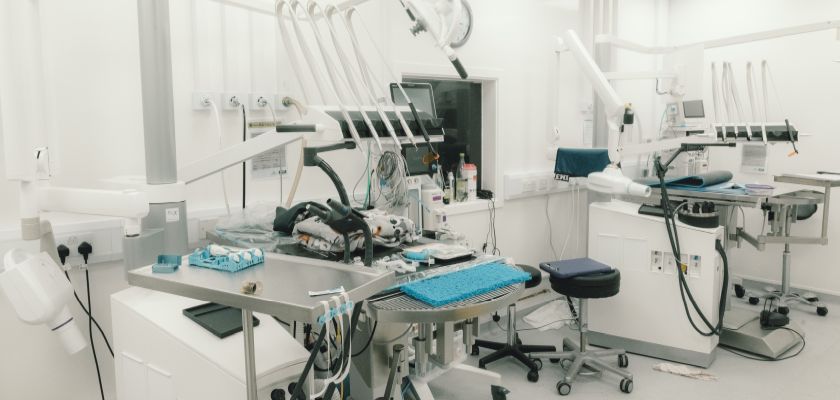-
-
- Advancement of the Professions Committee
- Standards Committee
- Audit and Risk Committee
- Education Committee
- Disciplinary Committee
- Charter Case Committee
- Preliminary Investigation Committee and Disciplinary Committee Liaison Committee
- Registration Committee
- Preliminary Investigation Committee
- Paper classification: some definitions
-
-
-
-
- About extra-mural studies (EMS)
- EMS requirements
- Information for vet students
- Information for EMS providers
- Information for vet schools
- Temporary EMS requirements
- Practice by students - regulations
- Health and safety on EMS placements
- EMS contacts and further guidance
- Extra-mural studies fit for the future
-
-
- Code of Professional Conduct for Veterinary Surgeons
- Code of Professional Conduct for Veterinary Nurses
- Contact the Advice Team
- XL Bully dog ban
- 'Under care' - guidance
- Advice on Schedule 3
- Controlled Drugs Guidance – A to Z
- Dealing with Difficult Situations webinar recordings
- FAQs – Common medicines pitfalls
- FAQs – Routine veterinary practice and clinical veterinary research
- FAQs – Advertising of practice names
- GDPR – RCVS information and Q&As
-
- Accrediting veterinary degrees
- Accrediting veterinary nursing qualifications
- Reasonable adjustments for student vets
- Health and disability in veterinary medicine study and practice
- The role of the veterinary schools and the RCVS
- Reasonable adjustments and the Equality Act 2010
- Reasonable adjustments and Day One Competences
- Examples of reasonable adjustments for vet students
- Annex
- Reasonable adjustments for student vets - summary
- Reasonable adjustments for student veterinary nurses
- Health and disability in veterinary nurse education and training
- Reasonable adjustments for students and the UK disability discrimination legislation
- Educational assessment of veterinary nurses
- Roles of key stakeholders in the application of reasonable adjustments
- Examples of reasonable adjustments for vet nurse students
- Embracing reasonable adjustments for student vet nurses - summary
- External review of the RCVS by ENQA
- Requirements for remote and online student assessments
Health and safety on EMS placements
Schools, students and providers have a shared responsibility to ensure EMS placements are conducted as safely as possible. This page provides links to the latest health and safety guidance, as well as to insurance requirements.
On this page:
Health and safety
At the start of an EMS placement, providers should clearly communicate their health and safety policies to students. Students are expected to adhere to these policies throughout their placement.
Schools also have a legal obligation to safeguard student safety on work placements. These health and safety guidelines are representative of those given to students by their school.
Insurance
We recommend that students have British Veterinary Association (BVA) student membership. This automatically provides them with free personal accident and personal liability insurance.
Further details about BVA student insurance can be found on the BVA website.
Professional liability insurance
All veterinary surgeons must have professional indemnity insurance, or the equivalent. This is laid out in the RCVS Code of Conduct. This cover may be held individually or through an employer.
The student insurance policy does not include professional liability. However, students should be covered by the placement provider’s own insurance.
